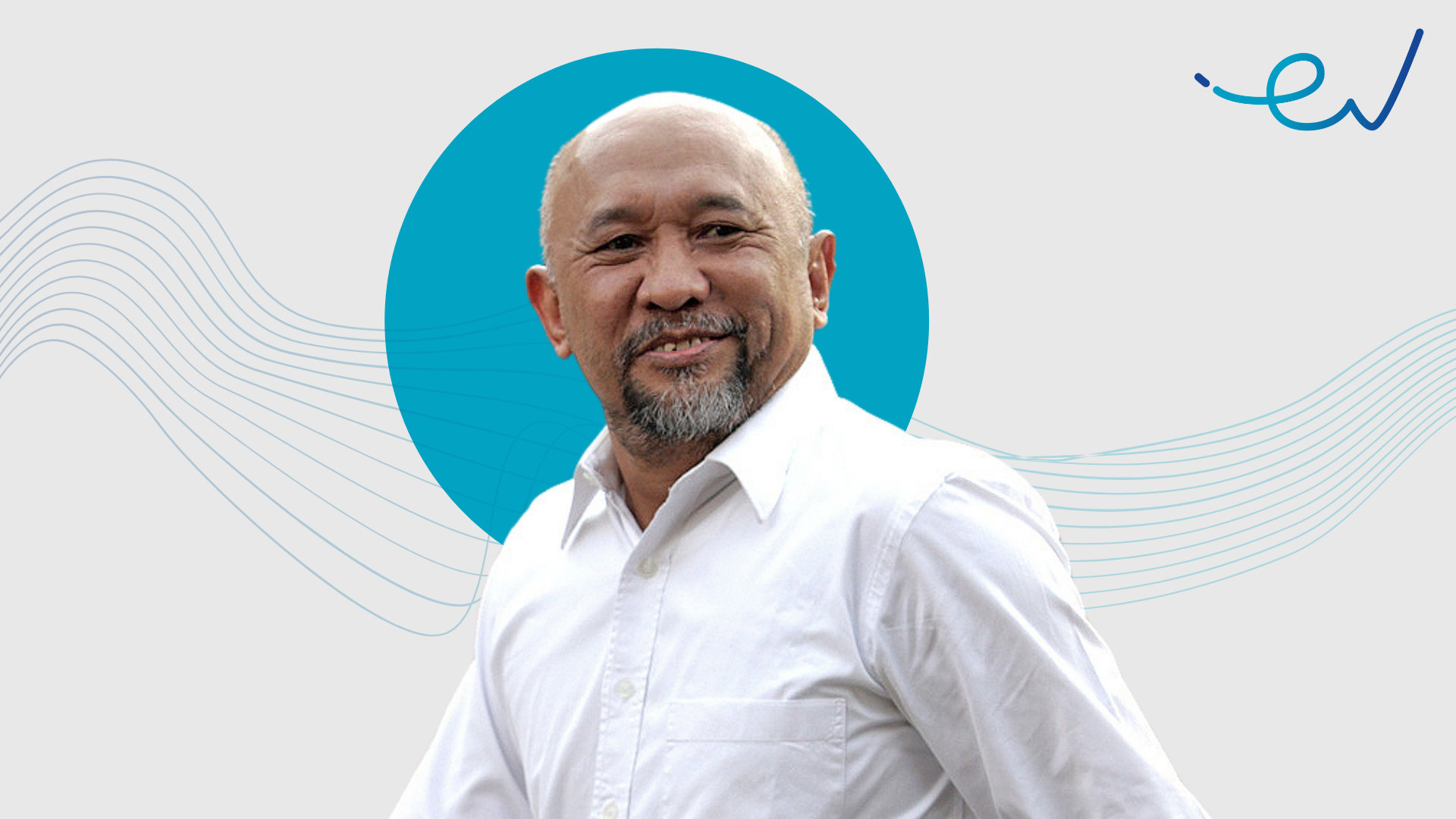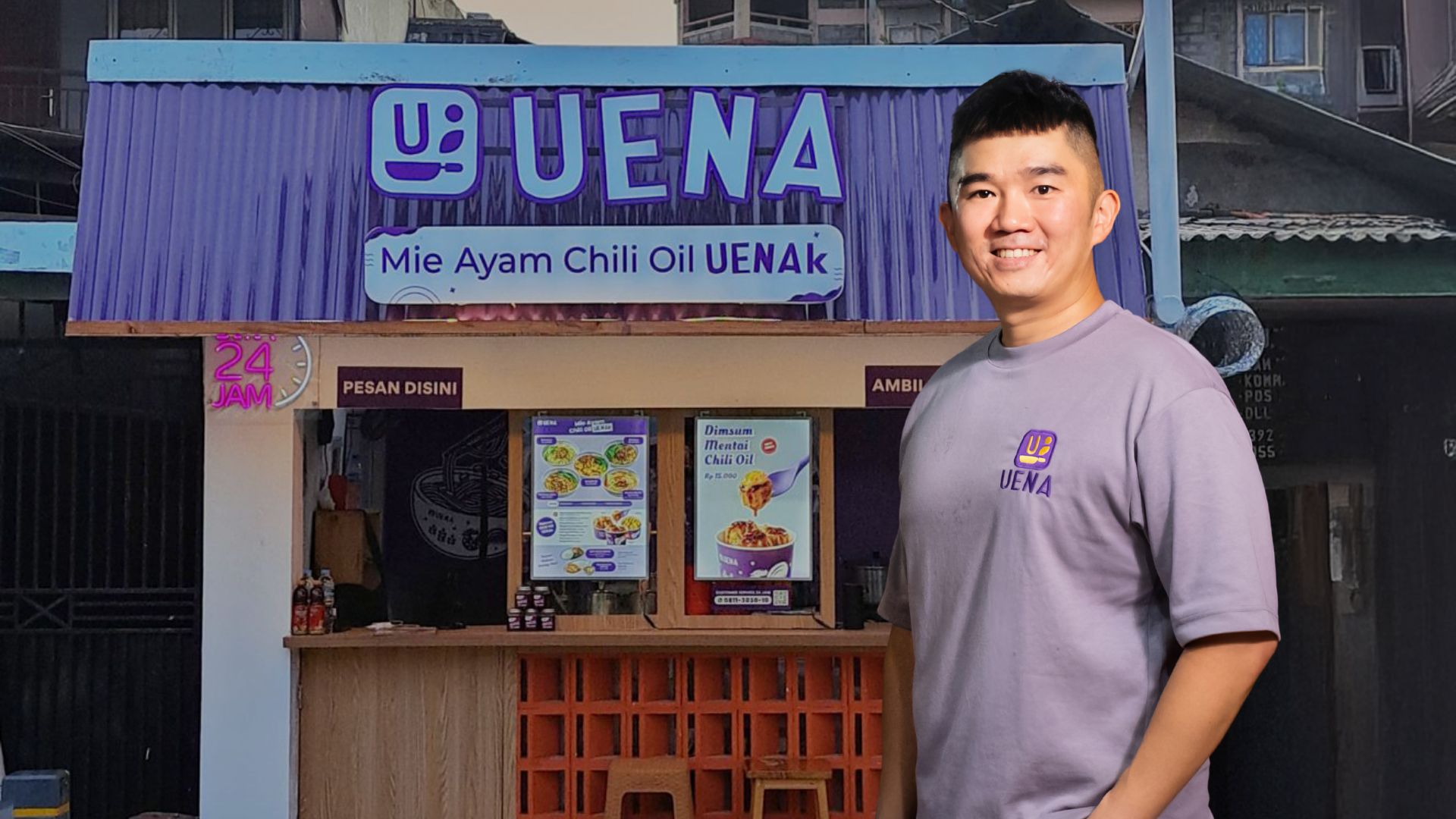From the perspective of Teten Masduki, Minister of Cooperatives and MSMEs
The Ministry of Cooperatives and SMEs (KemenkopUKM) is targeting around 30 million MSMEs to go digital in 2024. What strategies and steps will Kemenkop UKM take to support target achievement?
According to IDEA, from 30 million MSME targets in 2024, 16.4 million have gone digital. It is a tremendous acceleration as it reflects a 105% increase from the pre-pandemic, where only 8 million MSMEs have onboarded digital platforms. To reach the other 13.6 million, we will encourage micro-scale businesses with small production capacity to onboard local platforms instead of the global-scale unicorn e-commerce, to avoid competition with big brands. Therefore, we will segment the MSMEs based on their trade area, and I believe that there are now developed digital markets whether the ones owned by the government or local e-commerce.
Also, we will make the currently digitized government expenditure more effective. For example, in LKPP, 40% of goods and service procurement by the government and institutions for MSMEs is now processed digitally.
What measures should we take regarding funding or capitals specific to unbankable MSMEs?
If banking still focuses on using the asset adequacy ratio or collateral appraisal approach, a lot of MSMEs will not be able to access the banking system. Now that the fintech industry has grown tremendously, 240 trillion worth of funding is distributed through 140 registered fintech companies that no longer apply collateral adequacy assessment, and instead leverage the digital track record for its business. These fintech companies use cash flow statements, but their financial record is still manual.
Therefore, the digitization that we aim for should not only be how businesses enter the digital market, but it should also be in their business processes as well. I hope that with how competitive it is to give fundings for MSME, it would also encourage banking firms to shift their strategies by evaluating the digitized financial track record.
At the moment, many new startups are flourishing and focusing on supporting MSMEs. What challenges and opportunities faced by these startups during the process?
I believe the market will remain wide open to allow the development of a business ecosystem for MSMEs, particularly to access the market, funding, or opportunities for business collaboration. For example, the Wahyoo app encourages food stalls (warteg) to sell online, and Jahitin helps tailors.
Does that mean Kemenkop UKM will use a digital platform to distribute the microcredit program (KUR)?
The Ministry of Cooperation will only subsidize the credit interest. We are now developing KUR clusters and encouraging the MSMEs to join the program. The KUR cluster could become part of the regional cluster. Therefore, KUR distribution may be channeled through these clusters. We will constantly increase the portion of the credit for MSMEs. Last year was IDR 190 trillion, this year is IDR 285 trillion, and next year will be IDR 350 trillion. This funding will be well absorbed if KUR channeling is distributed more broadly through some measures, including the KUR clusters. On the other hand, MSMEs’ business capacity must be fostered to upgrade their credit demand from micro to commercials, or higher.
How do you respond to PBI (Regulation of Bank Indonesia) plans to increase bank credit allocation for MSMEs to 30%?
Today the rate is 19.8%, not even 20% yet, because a lot of the business players are unbankable. Unbankable means the nature of their business is informal, and hence, not a legal entity. We are encouraging transformation from informal to formal entities through the Omnibus Law. In the future, the process to obtain a company registration certificate, halal certification, BPOM (Food and Drugs Administration), and other documents will be seamless for them.
In addition to business activities, banking also needs attention. Banking must be more dynamic because many fintech firms are getting more aggressive. This condition can motivate many banks that maintain conventional systems or rely on asset adequacy to change their method through assessment.







